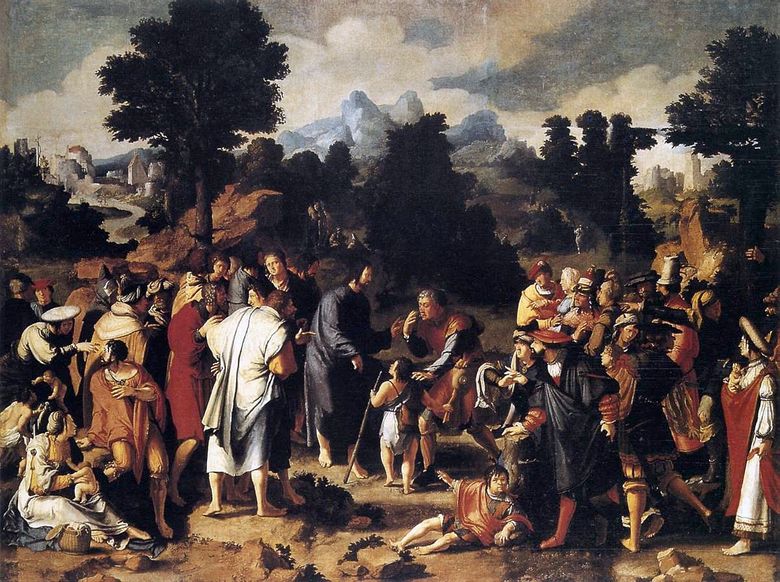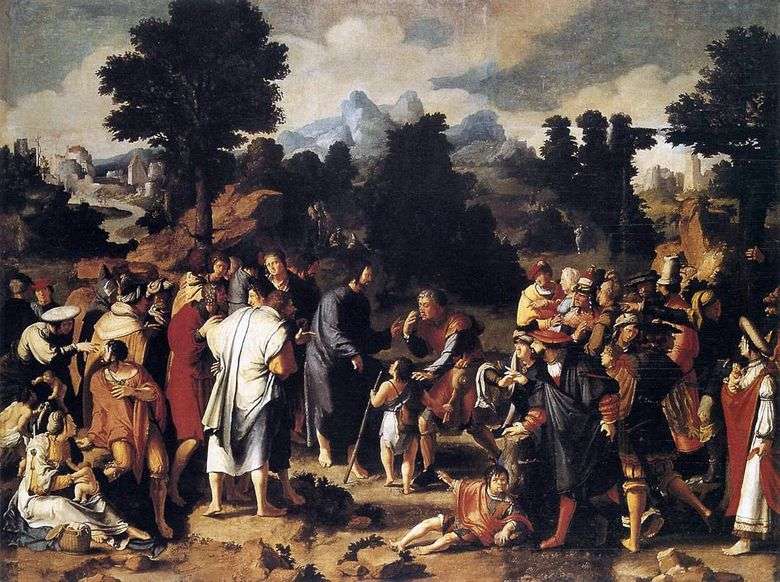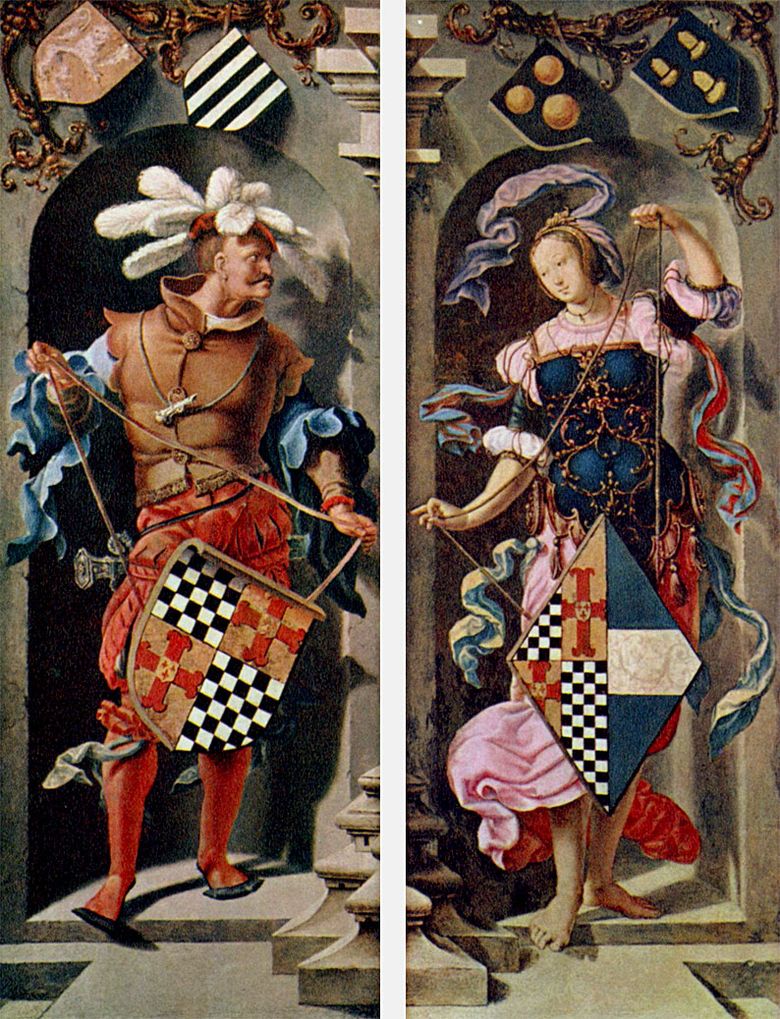
Luke Leydenskogo painting “Healing Jericho Blind Man”, written by him shortly before his death, – a kind of result of his creative work. It is a little like the religious compositions of the previous era. It has neither a prayer mood, nor solemn representative figures of saints. Like many Dutch painters of the early 16th century, Luke of Leiden sought to break with the traditions of past art and more than any of his contemporaries, was embraced by the search for new visual forms, a new artistic language.
The creative way of the master is complicated, tortuous, replete with periods of success and failure. He did not remain aloof from the fascination with the art of Italy, and the triptych Healing of Jericho Blind testifies to his acquaintance with the heritage of the masters of the Italian Renaissance. Much borrowed from the German counterparts, in particular from Dürer. But the main thing that makes up the beauty of Luke Leidensky’s paintings is a keen interest in the world, a careful study of reality.
The artist treats the Gospel plot as a genre theme, turns it into an entertaining story full of lively scenes. The attention of the viewer is attracted by moving, excitedly gesticulating figures of people dressed in bright costumes of the XVI century. Movement of the hands, body rotation, facial expressions of each character are highly individual. Some expect a miracle with impatience, others – with calm confidence, others doubt its capabilities and talk about what might happen.
Christ healing a blind man is depicted in the center, but not in the foreground, but in the depth, and is not distinguished from the crowd surrounding him. On the left, among the spectators, Luka Leydensky depicted a man in a red cap, watching with interest what was happening. In the guise of this man – a great resemblance to the “Self-portrait” of Luke Leydenskogo of the Brunswick Museum and, in particular, with the picture Durer 1521, reproducing Luka.
Perhaps the artist placed a self-portrait, which is often found in the works of the Dutch school in the XV century. If this assumption is true, then we have here the latest image of Luke of Leiden, who died two years after the creation of the triptych. The coloring of the picture is light and sonorous. Standing out against a background of dark green vegetation, the red, yellow, blue, green clothes of the characters create a colorful, eye-pleasing sight. Contrasts of the illuminated and shaded areas determine the spatial depth of the composition.
 Healing of Jericho Blindness (Triptych Side Sash) by Lucas-van Leiden
Healing of Jericho Blindness (Triptych Side Sash) by Lucas-van Leiden The Last Judgment by Lukas-van Leiden
The Last Judgment by Lukas-van Leiden A young man with a skull in his hands by Lukas-van Leiden
A young man with a skull in his hands by Lukas-van Leiden Guérir l’homme aveugle de Jéricho (triptyque) – Lucas van Leiden
Guérir l’homme aveugle de Jéricho (triptyque) – Lucas van Leiden Portrait of a thirty-eight year old man by Lukas-van Leiden
Portrait of a thirty-eight year old man by Lukas-van Leiden Curación De La Ceguera De Jericó (Tríptico) – Lukas-van Leiden
Curación De La Ceguera De Jericó (Tríptico) – Lukas-van Leiden Guérir l’homme aveugle de Jéricho (ceintures latérales du triptyque) – Lucas van Leiden
Guérir l’homme aveugle de Jéricho (ceintures latérales du triptyque) – Lucas van Leiden Maesta. The Healing of the Blind by Duccio di Buoninsegna
Maesta. The Healing of the Blind by Duccio di Buoninsegna